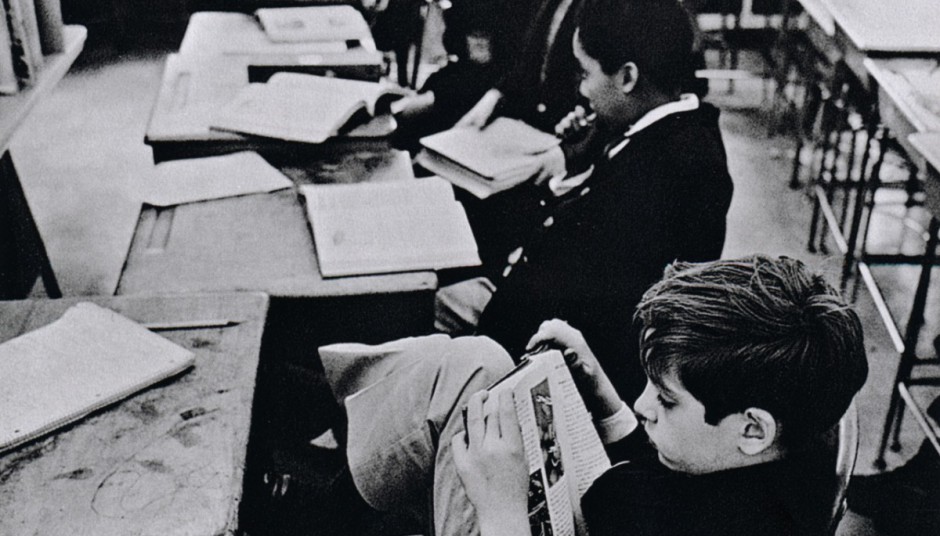At first when I saw this picture, I really couldn’t tell it was a falling solider who was captured in the middle of falling from a gun shot, until I saw it up close. You have to be so lucky to catch such a picture. There is no way it can be fake. He was just at the right place and took the picture at the right time. For a second the picture that Robert Capa shows in up close of the falling solider, the most decisive element in his reading is the soldier’s left hand. Franks (the chief homicide detective of the Memphis Police Department and a talented sculptor and photographer) believed that the fingers were somewhat curled toward the palm which indicates that the man’s muscles have gone limp and that he is already dead. Lets just say if that was true, how did he stand the dead person in an upward position? If you can’t explain that then the picture is 100% real. No matter what the article was detailing about how it can be fake I just couldn’t think otherwise. I don’t find Robert Capa’s arguments convincing. This photo was widely famous for a reason, its because everyone thought it was a cool and realistic looking picture and most thought it was not staged at all including me. I do believe authenticity matters and this picture does represent that. It’s a one of a kind and definitely real.
Contact Information
Professor Sandra Cheng
Office: Namm 602B
Office Hours: Mon 10-11 am, Tu/Th 9-10 am or
by appointment
Office Tel: 718-260-5003
Email: scheng@citytech.cuny.edu New York Times Arts
New York Times Arts-
Recent Posts
Recent Comments
- Leidy on Homework #3: Robert Capa’s Death of a Loyalist Soldier
- Djane96 on Homework #2: Walker Evans’ Subway Portraits
- Djane96 on Homework #3: Robert Capa’s Death of a Loyalist Soldier
- Kelly-Ann on Henry Gomez Homework #3: Robert Capa’s Death of a Loyalist Soldier
- Billy on Homework #3: Robert Capa’s Death of a Loyalist Soldier
Archives
Categories
Meta



